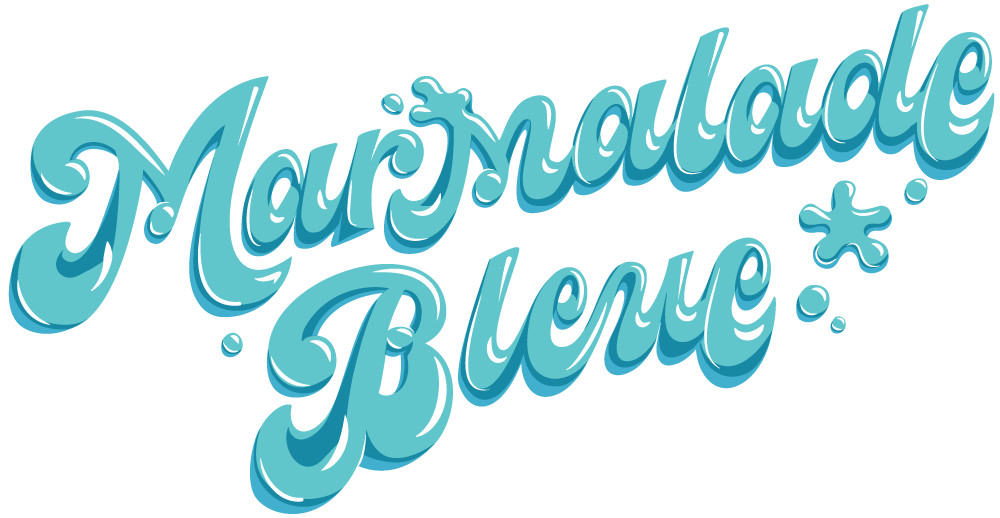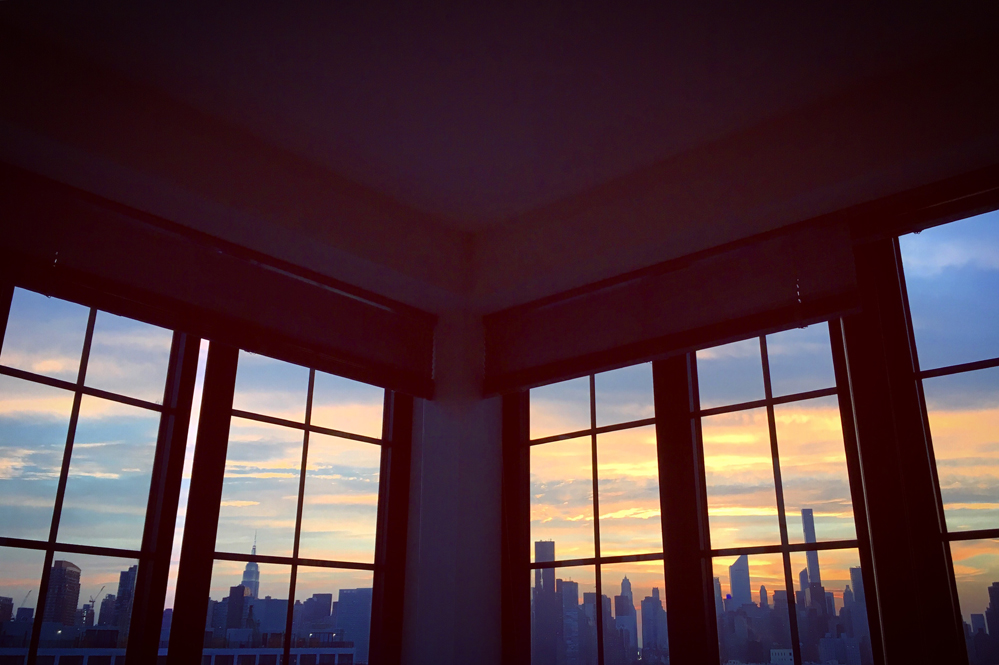Typographers with Dimension: Niral Parekh
I'm not the only one celebrating lettering in real life. Today I'm starting Typographers with Dimension, highlighting some of the most distinctive photographers, designers, and stylists wielding objects to create poignant messages.
The first voice in my dimensional typographers series is bookish, NYC based Niral Parekh. Part chemist, part magician, Niral weaves thought into every image with the greatest intention, working with industry giants like Craig Ward and Juan Carlos Pagan. Initially I mistook his portfolio for skillful 3D renderings and couldn't be happier to be wrong.
NAME
Niral Parekh
WEBSITE
Background
So, I have no early background in art or design. I studied Literature and Psychology and started my professional life in Finance, of all things! After only 1 painful (haha!) year of doing that, I immediately gave into my creative side. I worked for a few years in Advertising as a copy writer, getting exposed to what design is and how designers work. I learned more about design as I gained more experience working in media, web and TV.
At the same time, I began learning the fundamentals of design on my own and practiced different ways to implement it. I jumped right in and started taking on a few projects. When I started to get more design work I finally decided that I need to learn the larger aspects of art and design. I pursued a Masters in Communications Design, which I completed a couple of years ago.
My varied experiences, both educational and professional, definitely have an effect on my work! They allow me to approach any project with a wider scope and let me look at problems or solutions differently.
Experience in the field
Since 2012
Describe your designated workspace, if one exists.
As of right now, a designated work room in my apartment is where I do most of my projects. If its a large scale project, then I rent a studio space for a week or so (Thankful for all those co-working spaces that have been popping up!).
Medium(s) used?
Photography, Video, Live performance/Installation
Preferred materials and why? Does the message dictate the material, or vice versa?
I mainly gravitate towards raw or natural materials. They are great to use because you get to experiment with the same material in so many different ways. By that I mean… the material in its natural state and then seeing what happens when you put it through different processes. For example, I did a project using soap and it was interesting to watch what happened to it when I put it over a flame or tried to laser engrave it or put it in the microwave. Each process changed the behavior of soap.
For my designs, yes! The message (or the idea) does allow me to decide what would be the most apt material to use. I spend a good amount of time on finessing the idea via sketches or rough comps before looking at materials. Most of the time that process works smoothly. However, there are times when an idea has called for experimentation with different materials, seeing how they react and figuring out what a material is capable of. It lets me know if I need to change direction completely or stay the course.
Do you use special tools to build letterforms? Do these vary and why?
Most often, my ‘hands’ are my tools. I think hands are the only tools flexible enough to create and organize materials in such particular ways. But, I do use secondary tools like knives, glue, rulers, etc. to prep the materials.
List 3 adjectives describing your work.
Adventurous: My work is exploratory in nature.
Determined: It takes almost an obsessive behavior to get the material to behave as planned.
Academic: I aim to have a strong idea or experience behind each design execution.
Concept vs. Execution
What challenges do you combat during the ideation/building process? How do you overcome these obstacles?
My main challenge is that I may end up spending too much time thinking the concept through, almost to the point of over-thinking. The reason being, I try to look at a project or build or etc. from every angle and see what the possibilities are.
Sometimes, the best way to overcome that is to simply start playing around the material or process you had in mind. The unexpected can give you the perfect way to move forward!
Solo vs. Social? How do you operate now, and do you plan to change direction in the future?
I prefer working with a team. Different perspectives have been extremely helpful and insightful in the projects I’ve been involved with. I was able to learn a lot. I remember one of the first big projects I had a chance to work on, I learned a lot about how to handle fickle materials (dollar bills in this case) and how sometimes the simplest/crudest hack is the best way to move forward.
Though most of my current projects have me working as an individual, I adjust my work flow depending on the project or the idea. From experience, I believe thats the best way to tackle any project, no matter the scale.








